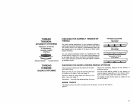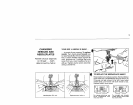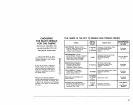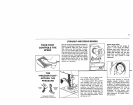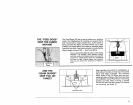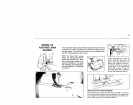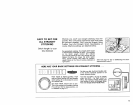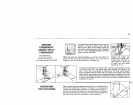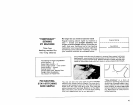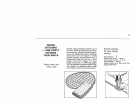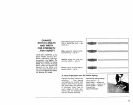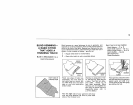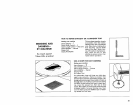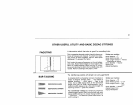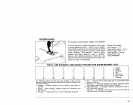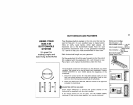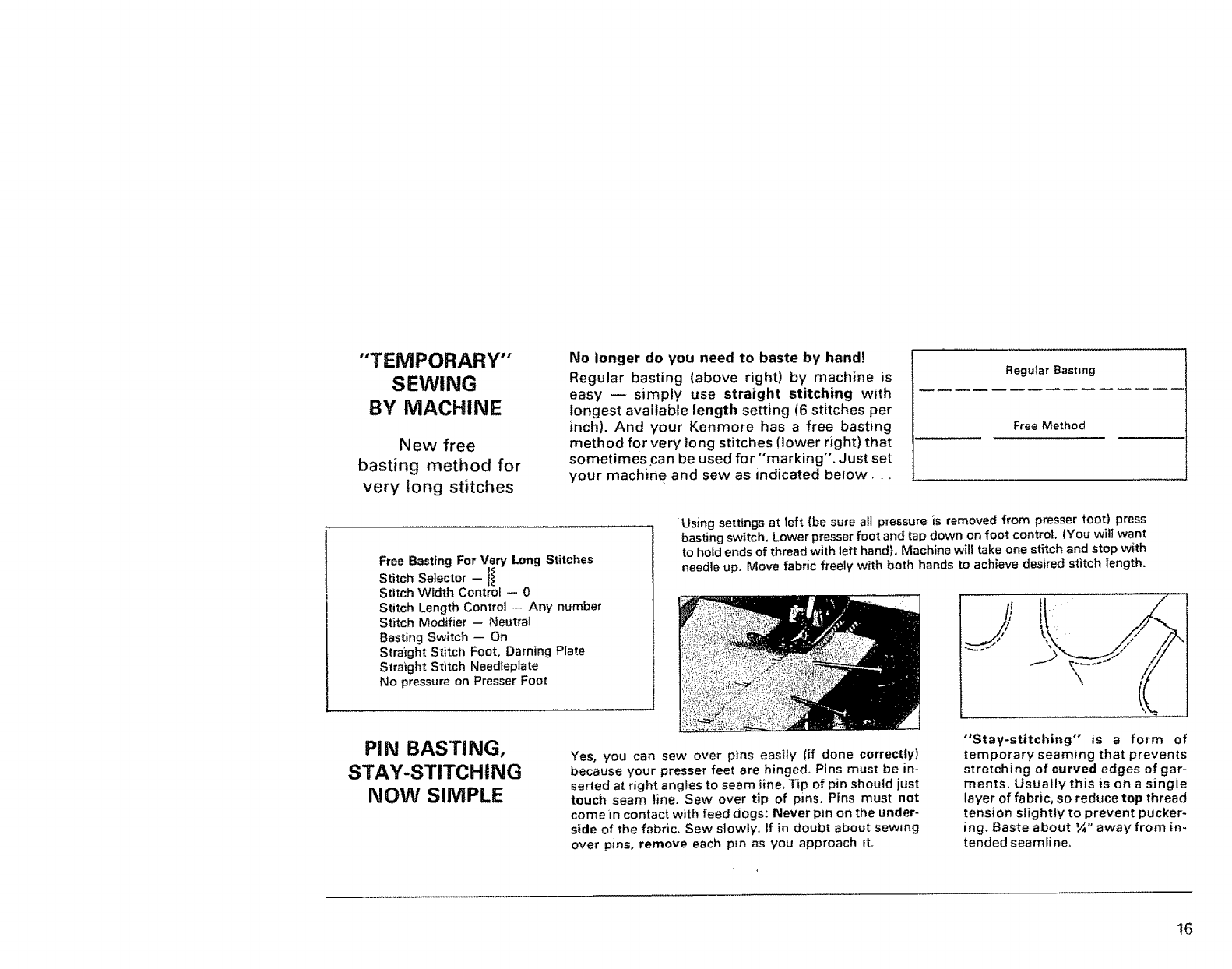
"TEMPORARY'"
SEWING
BY MACHINE
New free
basting method for
very long stitches
!%!olonger do you need to baste by hand!
Regular basting (above right) by machine is
easy -- simply use straight stitching with
longest available length setting (6 stitches per
inch). And your Kenmore has a free basting
method for yew long stitches (lower right) that
sometimes,can be used for "marking". Just set
your machine and sew as indicated below. _.
Regular Besting
Free Method
Free Basting For Very Long Stitches
Stitch Se ector -- II
Stitch Width Controf-- 0
Stitch Length Control -- Any number
Stitch Modifier -- Neutral
Basting Switch -- On
Straight Stitch Foot, Darning Plate
Straight Stitch Needleplate
No pressure on Presser Foot
Using settings at left (be sure atl pressure is removed from presser toot) press
basting switch, Lower presser foot and tap down on foot control, (You will want
to hold ends of thread with left hand). Machine wi!l take one stitch and stop with
needle up. Move fabric freely with both hands to achieve desired stitch length.
PIN BASTING,
STAY-STITCHING
NOW SIMPLE
Yes, you can sew over pins easily (if done correctly)
because your presser feet are hinged. Pins must be in-
serted at right angles to seam line, Tip of pin should just
touch seam line. Sew over tip of pins. Pins must not
come In contact with feed dogs: Never pin on the under-
side of the fabric. Sew slowly. If in doubt about sewing
over pins, remove each p=n as you approach it.
"Stay-stitching" is a form of
temporary seaming that prevents
stretching of curved edges of gar-
ments. Usually this is on a single
layer of fabric, so reduce top thread
tension slightly to prevent pucker-
ing. Baste about '/C away from in-
tended seamline.
t6



